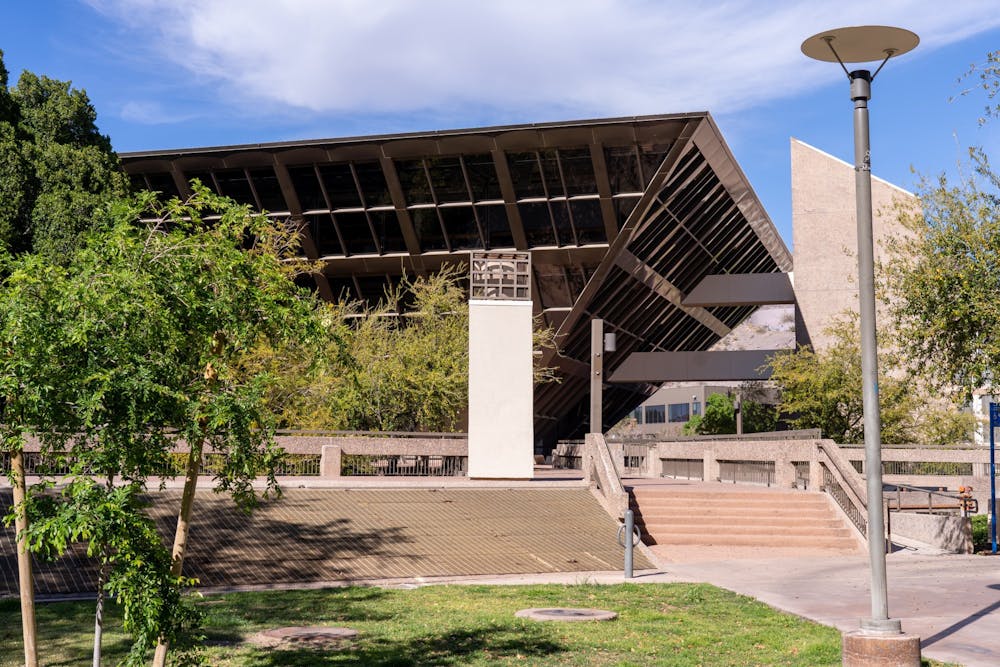One of ASU's defining characteristics is the relatively warm weather that is experienced throughout the school year. However, in recent years the extreme heat that residents of Tempe deal with has proved to be one of the most pressing issues the city has faced.
The City of Tempe is enacting a sweeping Climate Action Plan to address the city's livability and sustainability in the face of rising temperatures. The urban heat island effect is a large factor contributing to prolonged severe heat.
This phenomenon occurs when cities are designed with materials that absorb heat during the day and emit heat overnight causing consistent excessive temperatures said Jennifer Vanos, associate professor at the ASU School of Sustainability.
Brianne Fisher, climate action manager for the City of Tempe, is a part of the team working to coordinate sustainability strategies.
"Our largest climate risk is extreme heat and the urban heat island effect is something that we can design to mitigate with smart building design intentions," Fisher said.
Tempe officials are currently working to counteract the consequences of the UHI effect. Recently, the city received a U.S. Department of Agriculture Urban and Community Forest IRA grant to create programs that increase education and implement tree shade expansion to decrease the effects of urban heating.
"With a thoughtful approach into the types of trees, where they go, and other green infrastructure, there can be some really positive benefits that come from these kinds of urban greening strategies," Vanos said.
In the long term, residents of Tempe and the ASU community could see many benefits as a result of the recent grant. Much of the changes will fix shaded walkways, create more connected neighborhoods, have a stronger prioritization of green infrastructure and better habitats for wildlife.
READ MORE: Hot, hotter, hottest: How the University is combating Arizona's historic heat
There are also short-term benefits that ASU students will see sooner rather than later. Environmental stewardship programs are a large part of what the USDA grant is funding.
"We're educating residents in a specific neighborhood and providing them the tools and resources – literally, the tools, choppers, weeders, shovels – to be able to empower them and to be great tree stewards," Fisher said.
There are multiple ways that Sun Devils can get involved with urban forestry and design projects. Paul Coseo, program head and associate professor of the landscape architecture, urban design and environmental design programs at The Design School at ASU, works with students to harness creativity and engagement to produce urban cooling solutions that challenge the status quo.
"It takes a larger group of people to do this type of work in meaningful ways and I think there's always room for inclusion and participation," Coseo said, adding that student involvement is always encouraged within the program.
Another way that students can get involved is through Urban Nature. The program's website features relevant information, contact points, job opportunities and other resources to increase green infrastructure in the Phoenix area.
Ultimately, the grant gives the City of Tempe resources that will translate into a more sustainable and cooler city in many positive ways.
"If we are doing this the right way and we're designing with intention and multiple benefits, design can have three benefits and not just one," Fisher said. "If we're designing with multiple benefits, then there are no downfalls."
Edited by Senna James, Abigail Beck and Natalia Jarrett.
Reach the reporter at kagore1@asu.edu and follow @kategore_17 on X.
Like The State Press on Facebook and follow @statepress on X.
Kate is a freshman studying journalism and mass communication. This is her second semester with The State Press.




